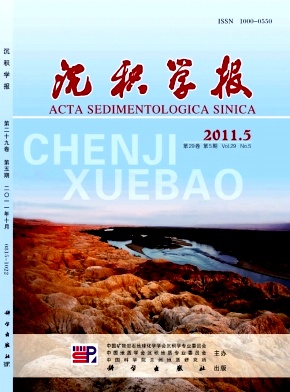The Summary on Exploration of the Dolomite Oilfields in the World
- Received Date: 1900-01-01
- Rev Recd Date: 1900-01-01
- Publish Date: 2011-10-10
-
Key words:
- dolomite
Abstract: By analyzing the data of the 137 dolomite reservoirs in the world with the C&C digital analogs knowledge system, the location of the oilfields, the structural setting, the type of basin, the depositional environment and the age of the dolomite strata were all investigated researched. The target is to find the relation between the production and these elements mentioned above. The geographical distribution of the dolomite fields are not evenly. Most of the dolomite fields were onshore oilfield, mainly distribute on the North America, Asia and Europe. The plate tectonics controlled these distribution: most of them have been discovered in compressional basins, especially in the suture belt, such as foreland basin and so on, but few dolomite fields can be found in the rift basin or the passive continental margin. The oil and gas accumulated in the Mesozoic and Paleozoic, mainly from the Cretaceous and Triassic. The next major development potential region are the lower Ordovician and the Cambrian. From the statistics analysis, the reservoirs are the sandy clastic current deposition in the low energy tidal flat lagoon environment and the turbidity current deposition from the foreslope to deepwater basin. The dolomitization and the cap rock can be formed likely in these conditions. If the carbonate platform margin reefs were dolomitized, its' porosity and permeability is not always enhanced. The high quality of the dolomite reservoirs maybe require the postcorrosion. The oilfields were discovered easily in the Sabkha sedimentary environment, but at the slope and the deepwater basin, the highenergy carbonate sand and the reefrimmed skeletal bank, the gas fields were found.The porosity and permeability of the dolomite reservoirs were gathered to indicate that high quality dolomite reservoirs were controlled by the dolomitization, the dissolution and the fracture density. The dolomitization and the dissolution provide the reservoir space and the fracture generated by the fracturing action can improve the permeable capacity of the reservoir. The main types of the reservoir structure are fracturepore, followed by the fracture and the main pore types are the intercrystalline pore,moldic pore and intergranular pore, followed by the fractures and caverns. The fracture action and the corrosion are the key point forming the high quality reservoirs.The sedimentary environment controlled the dolomitization and dissolution. The tectonic setting impact the degree of fracture development in the dolomite reservoir.The seal of the reservoirs were limited by the dolomitization environment composed by the marine shale and evaporates.
| Citation: | MA Feng. The Summary on Exploration of the Dolomite Oilfields in the World[J]. Acta Sedimentologica Sinica, 2011, 29(5): 1010-1022. |






 DownLoad:
DownLoad: